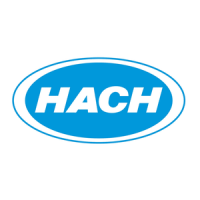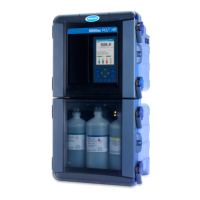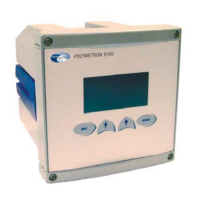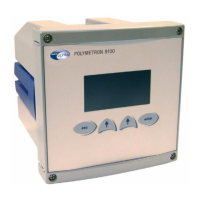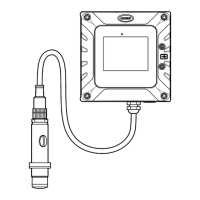1—53
Summary of Method
Chlorine can be present in water as free chlorine and as combined chlorine.
Both forms can coexist in the same solution and can be determined together as
total chlorine. Free chlorine is present as hypochlorous acid or hypochlorite
ion. Combined chlorine represents a combination of chlorine-containing
compounds including but not limited to monochloramine, dichloramine,
nitrogen trichloride, and other chloro derivatives. The combined chlorine
oxidizes triiodide ion (I
3
–
) to iodine (I
2
). The iodine and free chlorine reacts with
DPD (N,N-diethyl-p-phenylenediamine) to form a red solution. The color
intensity is proportional to the total chlorine concentration. To determine the
concentration of combined chlorine, run a free chlorine test and a total chlorine
test. Subtract the results of the free chlorine test from the total chlorine test to
obtain the combined chlorine concentration.
The range of analysis using the DPD method for chlorine can be extended by
adding more indicator in proportion to sample volume. For example, two
powder pillows of DPD Chlorine Reagent are added to a 5-mL sample portion
to extend the range of analysis.
5957088.book Page 53 Friday, March 22, 2013 3:54 PM
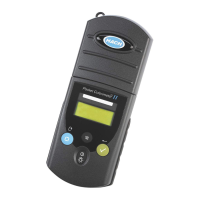
